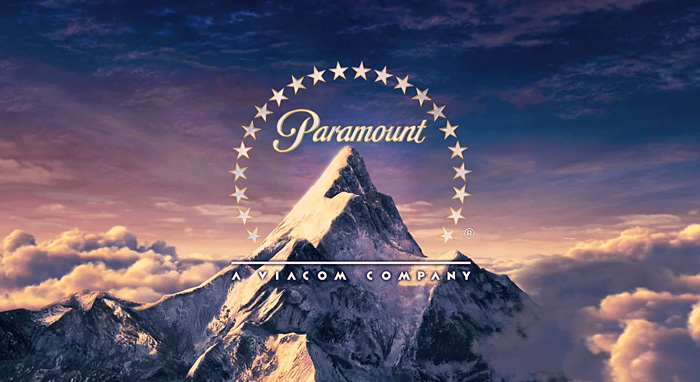Producers, whether they're employed as part of a wider production company or independently, are responsible for filling a large variety of roles to do with the film. They plan and coordinate many aspects of the film's production, for example script writing, directors, editors and main cast. During production, they are the first point of contact for all production partners, investors and distributors. Producers must approve every change made to the film. During post-production, they deal with financing and distribution companies to plan how the film will be marketed.
What is a film distributor?
A film distributor is responsible for the marketing of a film, and has become a key part in film production financing. The distributors are usually a different company than the production company. A distributors job may involve setting a release date for the particular film, and distributing the film to various viewing platforms such as cinemas or even straight to Bluray/DVD. The primary distributor will then most-likely receive a notable mention in the film's credits sequence.
Warner Bros. Entertainment
Warner Bros. Entertainment Inc. (often referred to as Warner Bros. Pictures, Warner Bros. or WB) is an American entertainment company owned by Time Warner, with its headquarters in Burbank, California. Warner Bros. has subsidiaries including DC Entertainment, Warner Bros. Interactive, Warner Bros. Television, Warner Bros. Animation, Warner Home Video, New Line Cinema, Castle Rock Entertainment and Turner Entertainment, as well as half of The CW network.
Warner Bros. Pictures produces and distributes a wide-ranging slate of some 18-22 films each year, employing a business paradigm that mitigates risk while maximizing productivity and capital. Warner Bros. Pictures either fully finances or co-finances the films it produces and maintains worldwide distribution rights. It also monetizes its distribution and marketing operations by distributing films that are totally financed and produced by third parties. Among the films on Warner Bros. Pictures’ 2016 slate are Batman v Superman: Dawn of Justice, The Conjuring 2 (from New Line Cinema), Suicide Squad, Sully, Storks, The Accountant and Fantastic Beasts and Where to Find Them.
Famous Films
The Dark Knight-2008 ($534,967,647)
The Dark Knight Rises-2012($448,768,456)
Harry Potter and the Deathly Hallows Part 2-2011 ($381,011,219)
American Sniper-2014 ($350,126,372)
Common Film certificate
A very common certificate which is being used recently is DC comics. Warner Bros. are the producers of any DC films or cartoons.
Fox Entertainment Group (20th Century Fox)
Where are they based/who owns them?
The Fox Entertainment Group is an American entertainment company . The company is wholly owned and controlled by the American media conglomerate 21st Century Fox, which is owned and chaired by Rupert Murdoch, since the company acquired all the stock of Fox.
What they produce
Fox entertainment group produce mainly four segments, mainly filmed entertainment, television stations, television broadcast networks, and cable network programming.
Famous Films
Avatar-2009 ($760,507,625)
Titanic-1997 ($658,672,302)
Star Wars: Episode I- The Phantom Menace ($474,544,677)
Deadpool-2016 ($363,070,709)
Paramount Pictures

Where are they based/who owns them?
Paramount Pictures corporation is an American film studio, television production company and motion picture distributor, consistently ranked as one of the "Big Six" film studios of Hollywood. It was founded on May 8, 1912 by W. W. Hodkinson Adolph Zukor Jesse L. Lasky. Their Headquarters is currently located in Hollywood, California. their current revenue is $2.885 billion. Their current owner is Viacom. Paramount pictures have produced classics such as Titanic starring Lionardo DiCaprio and Kate Winslet.
What they produce
Feature film production and distribution, video and DVD worldwide distribution, and production of programs for television broadcast and syndication.
Famous Films
Forrest Gump-1994 ($330,252,182)
Transformers: Revenge of the Fallen-2009 ($402,111,870)
Shrek the Third-2007 ($322,719,944)
Iron Man-2008 ($318,412,101)
Minor Film Companies
 Where are they based/ who owns them?
Where are they based/ who owns them?United Artists (UA) is an American film and television entertainment studio. The studio was founded in 1919 by D. W. Griffith, Charlie Chaplin, Mary Pickford, and Douglas Fairbanks, with the intention of controlling their own interests rather than depending upon the powerful commercial studios.
What they produce
United artists produce tv, movies and music. This minor company is owned by the bigger and more known company MGM.
Famous Films
- Gone With The Wind (1939, $189,000,000)
- Rain Man (1988, $172,000,000)
- Die Another Day (2002, $160,000,000)
- Other films include: the Rocky series, many of the older James Bond films, and Hannibal.
- They have also distributed films such as Spectre and Hot Tub Time Machine
Learning Comments
Most big name companies are located in America. America is known for being a well known location in the entertainment business. Most actors travel here in order to get a "shot at fame. These studios are usually based in Hollywood. This is where the most money is involved or can be made.

